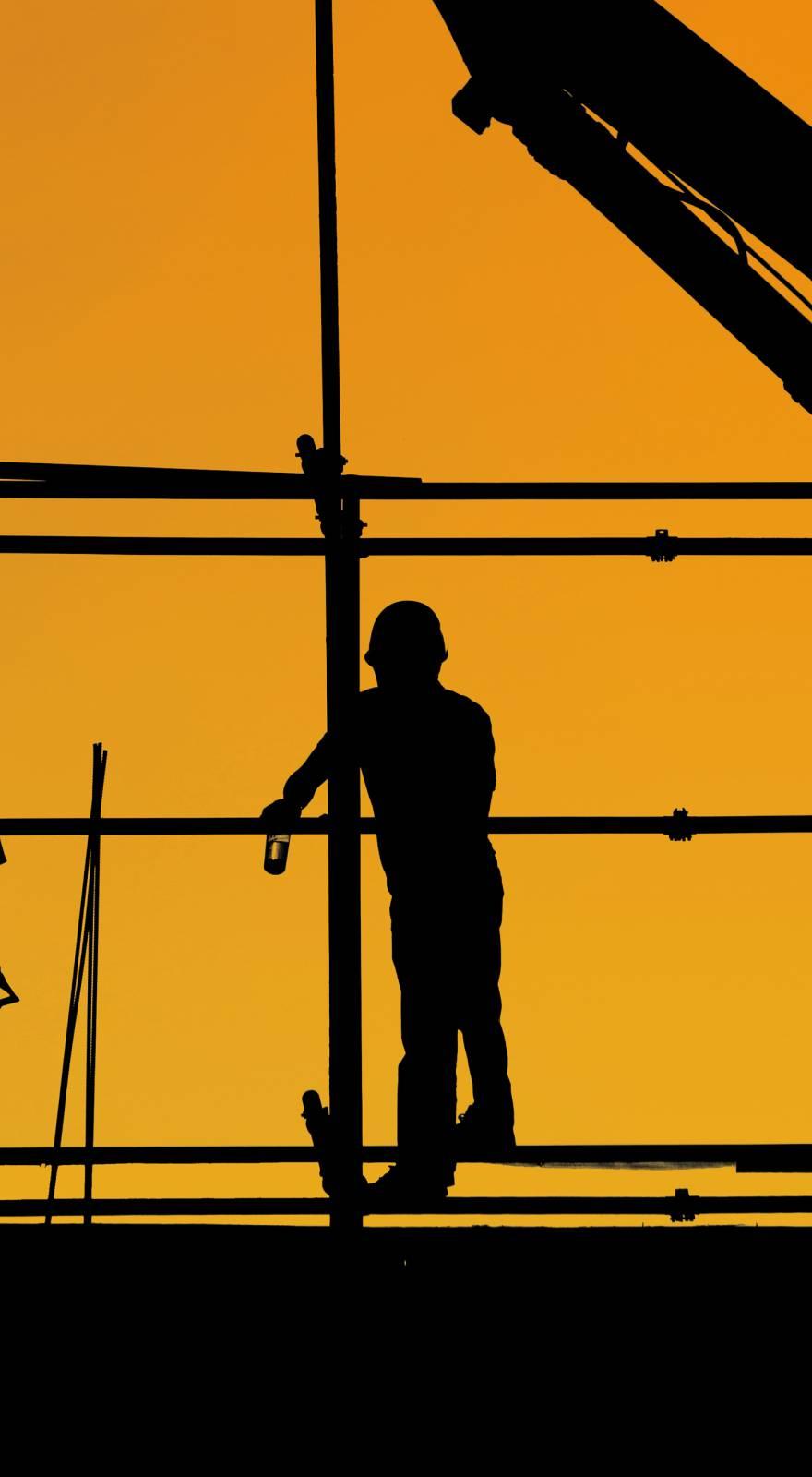Knowde Enhanced TDS
Identification & Functionality
- Chemical Family
- Polymer Name
- Technologies
- Product Families
Features & Benefits
- Labeling Claims
- Product Characteristics
Polypropylene is a thermoplastic resin that is melt flow processible. Duro-Bond Polypropylene sheet lining is available in thicknesses of 90 mils (2.3 mm) and 125 mils (3.0 mm).
- Advantages
The polypropylene layer, which is exposed to the solution being processed, provides the wide range of chemical resistance typical of polypropylene material. The natural rubber layer provides a flexible bond to the substrate which allows for the differences in thermal expansion.
Since curing or vulcanizing is not required, Duro-Bond Polypropylene can be shop or field installed. Duro-Bond Polypropylene has good non-stick properties and is highly recommended as a lining material for chutes and hoppers.
Applications & Uses
- Markets
- Applications
- Plastics & Elastomers End Uses
- Uses
- Duro-Bond Polypropylene is particularly resistant to attack by mineral acids including the oxidizing acids, such as nitric and sulfuric.
- Duro-Bond Polypropylene can be bonded to various substrates. It-is used for lining plating tanks, acid etch tanks, pickling tanks, process vessels, neutralization tanks, drip pans, ventilation hoods and ducts.
- Application
The method of application is as follows:
1. The surface to be lined is properly cleaned and grit blasted to a white metal finish to provide a suitable surface for bonding. (See Electro Chemical Technical Bulletin #1, “Specification for Welded Steel Tanks, Stacks, Ducts or Other Fabricated Equipment for Protective Linings and/or Coatings”.)
2. The Duro-Bond Polypropylene laminate is cut into panels to cover the entire area to be lined with a minimum amount of joints to be welded.
3. The panels are then cemented into position and the seams welded with with polypropylene rod and polypropylene cap strip using a thermoplastic welding gun.
- Method of Testing
- All lined surfaces are visually inspected for surface defects. Any special dimensional tolerances required after lining are also checked.
- All lined areas are then spark tested for pinhole leaks using a dielectric spark tester adjusted to 10,000 volts. The tester is moved constantly and quickly over the lining surface to prevent a burn through.
- Repair Procedure
Duro-Bond Polypropylene sheet lining can be shop or field repaired. The repairs to defective or damaged areas in the sheet lining are accomplished by cutting out the faulty area, grinding or grit blasting the substrate surface, preparing a piece of sheet of the same dimension, cementing it into position and subsequently welding the joints as described under Application. The repaired area is then inspected and spark tested to insure lining integrity.
Properties
- Color
- Physical Form
- Physical Properties
| Value | Units | Test Method / Conditions | |
| Chemical Characterization | Thermoplastic polymer | - | - |
| Melting point | 165.0 | °C | - |
| Upper Service Temperature | 100.0 | °C | - |
| Density (23°C) | 0.91 | g/cm3 | - |
| Tensile Strength | 33.0 | N/mm2 | - |
| Elongation at Break | 350-600 | % | - |
| Solubility in water | Insoluble | - | - |
| Hardness Durometer | D 95 - 100 | - | - |
| Water Absorption | max. 0.03 | - | - |
| Flammability | HB/V-2 | - | - |
| Thermal Expansion Coefficient 23 -150°C | 15 x 10-5 | mm/mm/°C | - |
Technical Details & Test Data
- Service Temperature
The maximum continuous service temperature for which Duro-Bond Polypropylene can be used is 212°F (100°C). Corrosion resistant brick sheathing joined with one of the Electro Chemical corrosion resistant cements is used in conjunction with Duro-Bond Polypropylene when excessive temperatures are present. A 4" thick brick sheathing will provide a temperature drop of approximately 50°F and an 8" brick lining will provide a drop of approximately 100°F. When carbon brick are used the temperature drop will be somewhat less.







